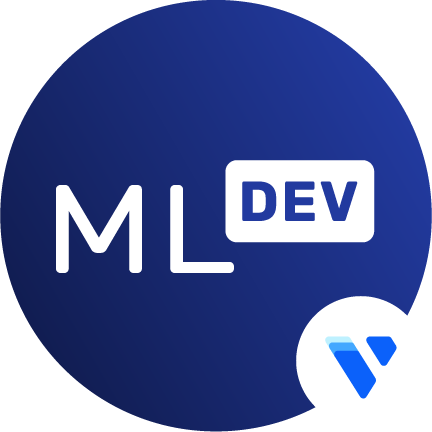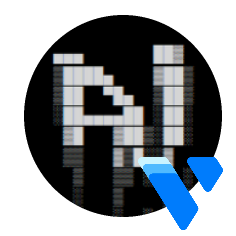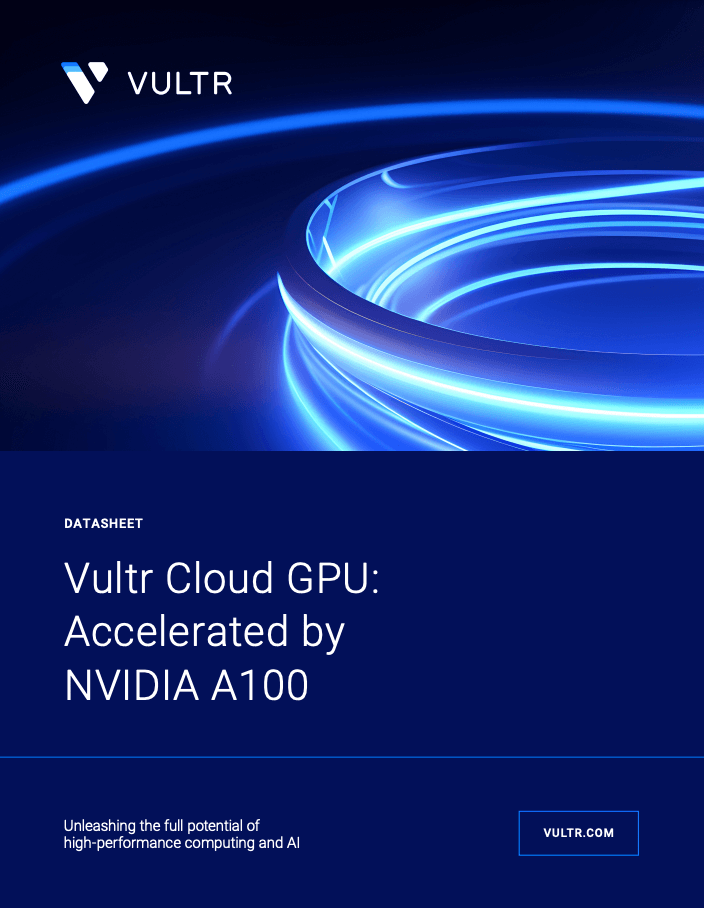NVIDIA A100 PCIe Starting at $1.290 / hour
Powered by 3rd generation NVIDIA Tensor Cores and multi-instance GPU technology, the NVIDIA A100 provides unmatched acceleration for diverse applications, including deep learning, data analytics, and scientific simulations.
The NVIDIA A100 GPU is specifically designed to accelerate deep learning applications, such as natural language processing, computer vision, and recommendation systems.
Spin up fast with ML tools and stacks
With Vultr, it’s easy to provision NVIDIA A100 GPUs with the end-to-end, integrated NVIDIA hardware and software stack. The NVIDIA NGC Catalog image provides full access to NVIDIA AI Enterprise. An end-to-end, secure, cloud native suite of AI software, NVIDIA AI Enterprise accelerates the data science pipeline and streamlines the development and deployment of predictive artificial intelligence (AI) models. Vultr makes NVIDIA’s latest AI innovations accessible and affordable for everyone.



